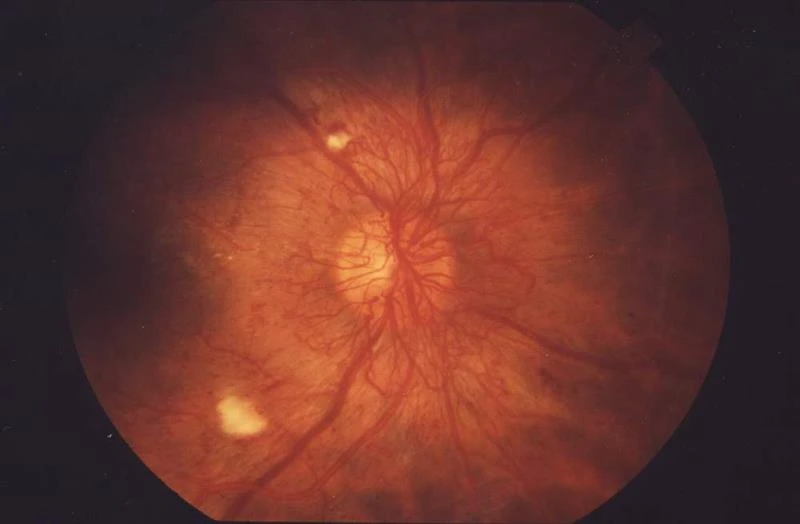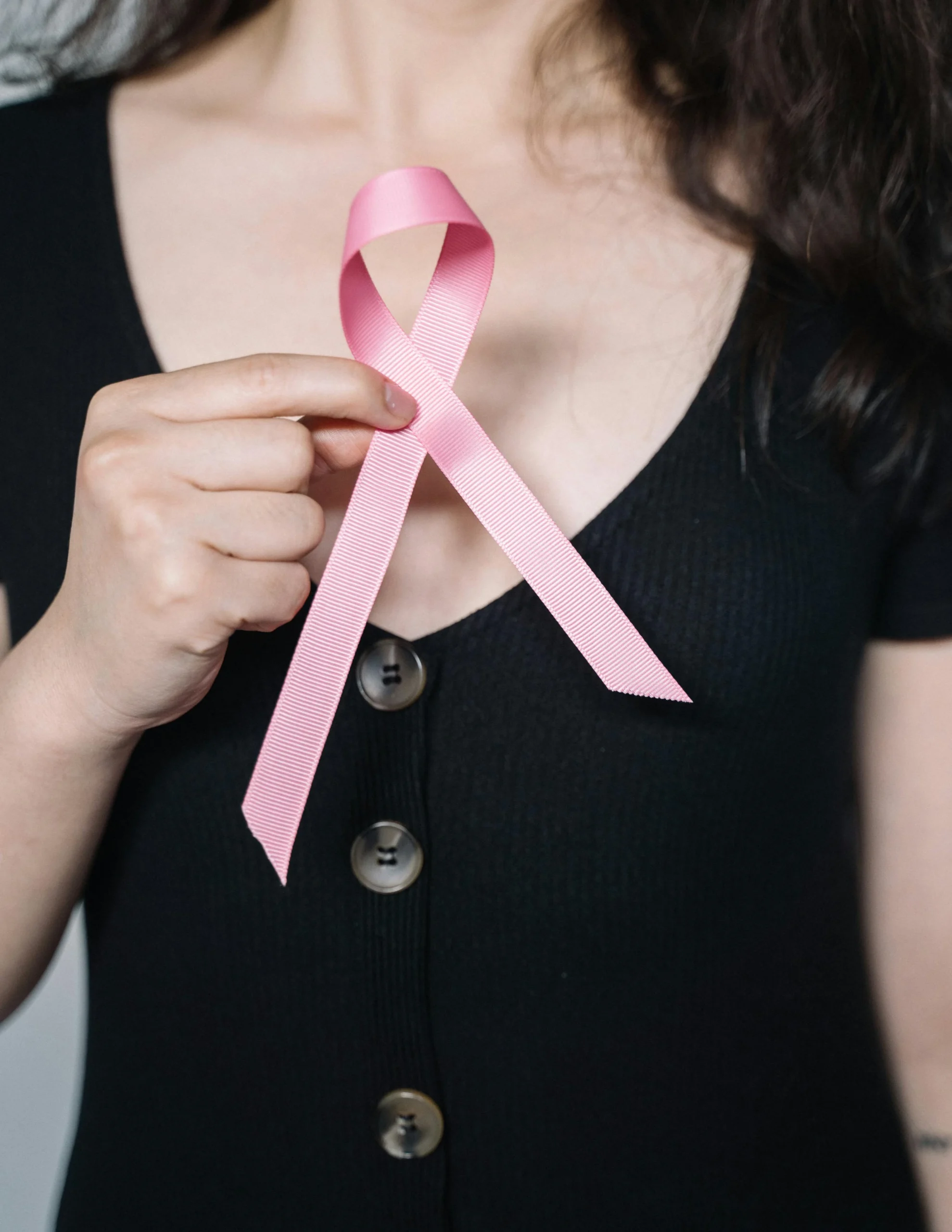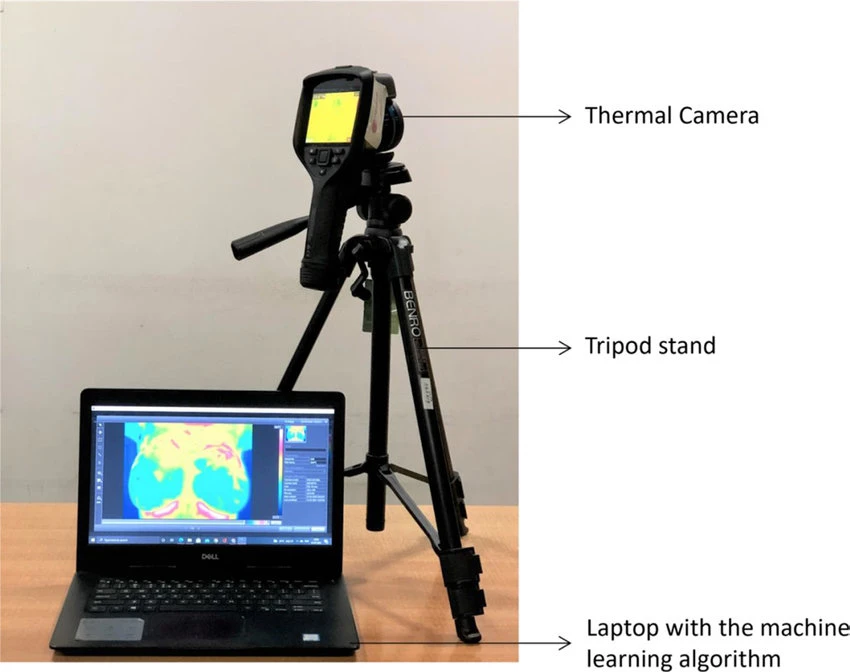
“We use cookies to enhance your browsing experience and analyze site traffic. By continuing to browse or closing this banner, you consent to our use of cookies. Read our Privacy Policy for more information.”
Blogs

Just hearing the words, Breast Cancer, can bring a wave of anxiety to a woman. Yes, Breast cancer is one of the most common cancers in women today, especially in metro cities. But here’s the hopeful truth—when detected early, breast cancer is highly treatable and the chances of survival are significantly higher. Early detection doesn’t just save lives—it improves the quality of those lives by making treatment less aggressive and more effective.
So, here’s what you need to know about breast cancer and how to catch it early.
Breast cancer occurs when cells in the breast grow uncontrollably, forming a tumour that can be felt as a lump or seen on medical imaging. Though it primarily affects women, men can also develop breast cancer. It is one of the most common cancers among women globally especially due to our modern lifestyle.
Early detection can:
Some risk factors are beyond your control, but knowing them helps guide decisions:
Breast cancer doesn’t have to be feared. Awareness, vigilance and action can turn fear into empowerment. Early detection doesn’t just save lives—it gives women more years of health, laughter, happiness and life.



“We use cookies to enhance your browsing experience and analyze site traffic. By continuing to browse or closing this banner, you consent to our use of cookies. Read our Privacy Policy for more information.”